Is the fact that nearly 1,000 visual artists applied for a program that will select 15 of them a positive or a negative?
Let’s take it as a positive (and not a sign that they can not survive in this economy), because the program is called the smARTpower initiative, and it was developed by the U.S. State Deparment with the Bronx Museum of the Arts — a new effort in cultural diplomacy.
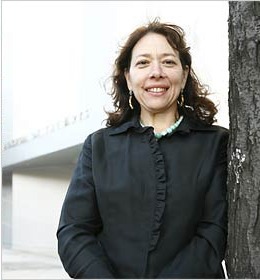 In late January, the BMA put out an open call for applications from artists who would agree to travel to 15 countries, including China, Ecuador, Egypt, Ghana, India, Kosovo, Lebanon, Nepal, Nigeria, Pakistan, Kenya, Sri Lanka, Turkey, and Venezuela, and work with communities in each place, collaborating on works of art that will address social issues, like women’s empowerment, health, the environment, civic engagement, education, etc., on either a local or global level.
In late January, the BMA put out an open call for applications from artists who would agree to travel to 15 countries, including China, Ecuador, Egypt, Ghana, India, Kosovo, Lebanon, Nepal, Nigeria, Pakistan, Kenya, Sri Lanka, Turkey, and Venezuela, and work with communities in each place, collaborating on works of art that will address social issues, like women’s empowerment, health, the environment, civic engagement, education, etc., on either a local or global level.
They’ll be envoys and partners, according to the museum’s statement when it was selected by the U.S. Department of State’s Bureau of Educational and Cultural Affairs last October. They’ll stay up to 45 days.
The winners will be announced at the end of May, selected by a panel that consists of
- Tomie Arai – Visual Artist
- Sandra D. Jackson-DuMont – Deputy Director of Education and Public Programs and Adjunct Curator at the Seattle Art Museum
- Carin Kuoni – Vera List Center Director, Curator and Critic
- Tumelo Mosaka – Curator of Contemporary Art at the Krannert Art Museum at the University of Illinois Urbana-Champaign
- Holly Block – Executive Director at the Bronx Museum of the Arts
Despite a tight deadline — applications were due Feb. 28 — artists from nearly 50 states responded and Block (pictured above) said that, despite high expections, the museum received far more applications than it had predicted.
So the panel has its work cut out.
I like the program, but I do have a quibble: why must the works of art address social issues? What’s wrong with art that is simply aesthetically pleasing — or not — or art that addresses personal issues? Or art that references history? Does it smack of cultural imperialism to insist that our artists go to a country and push for an examination of social issues? I wonder.

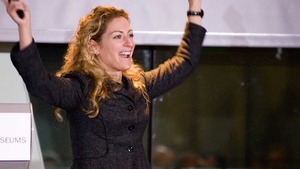
 Last summer, nine Smithsonian Institution museums (including the Hirshhorn and the Freer-Sackler) cooperated in a game called
Last summer, nine Smithsonian Institution museums (including the Hirshhorn and the Freer-Sackler) cooperated in a game called 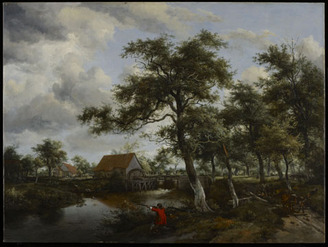

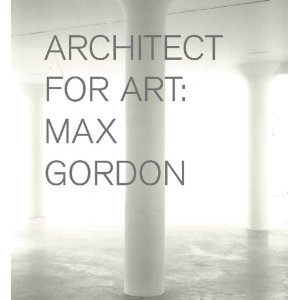 Max Gordon designed the Saatchi Gallery on Boundary Road in London, which opened in 1985. Among his other projects: the Fisher Landau Center for Art in Long Island City; the homes of collectors Lewis and Susan Manilow, Keith and Kathy Sachs, Jackie Brody, and his own flat in London, plus David Juda’s gallery, Annely Juda Fine Art in London. The book is illustrated with pictures of all seven. Though not in the book, Gordon’s designs for galleries in Soho (Brooke Alexander’s, to name one) later influenced those in Chelsea.
Max Gordon designed the Saatchi Gallery on Boundary Road in London, which opened in 1985. Among his other projects: the Fisher Landau Center for Art in Long Island City; the homes of collectors Lewis and Susan Manilow, Keith and Kathy Sachs, Jackie Brody, and his own flat in London, plus David Juda’s gallery, Annely Juda Fine Art in London. The book is illustrated with pictures of all seven. Though not in the book, Gordon’s designs for galleries in Soho (Brooke Alexander’s, to name one) later influenced those in Chelsea. 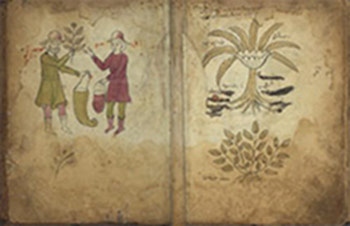 Penn recently announced that it has received a major collection of 280 Medieval and Renaissance Manuscripts, valued at over $20 million, from a Penn alum, and long-time benefactor and Library Board member Lawrence J. Schoenberg, and his wife Barbara Brizdle Schoenberg.
Penn recently announced that it has received a major collection of 280 Medieval and Renaissance Manuscripts, valued at over $20 million, from a Penn alum, and long-time benefactor and Library Board member Lawrence J. Schoenberg, and his wife Barbara Brizdle Schoenberg.